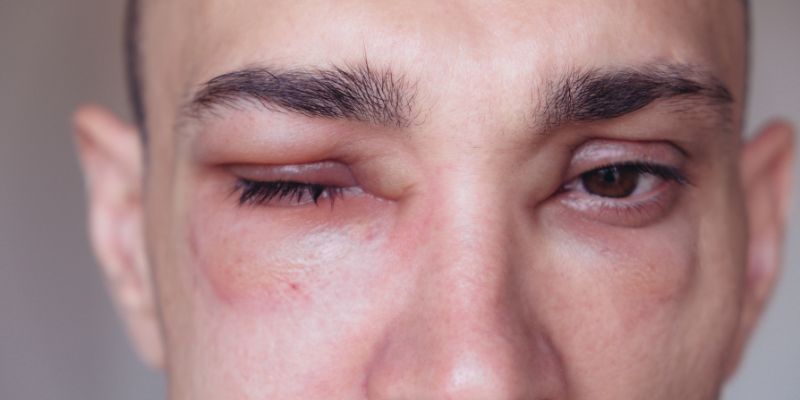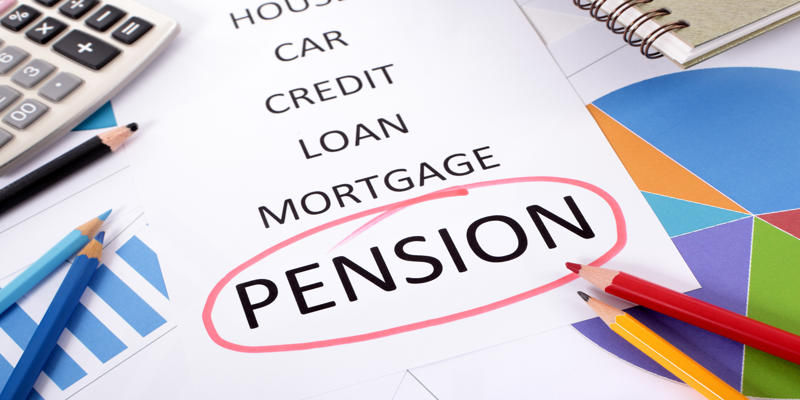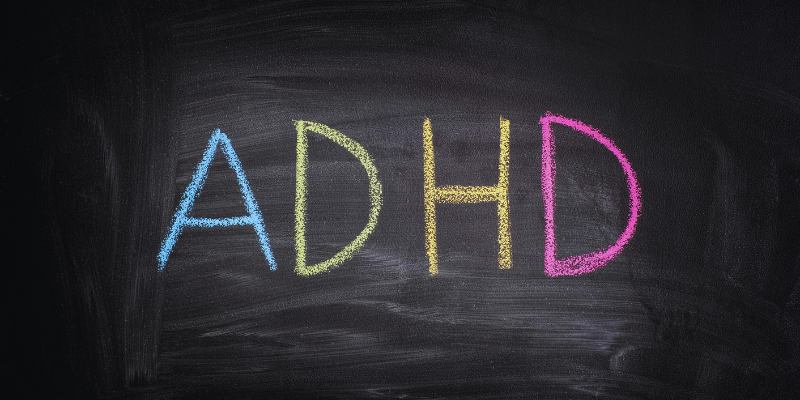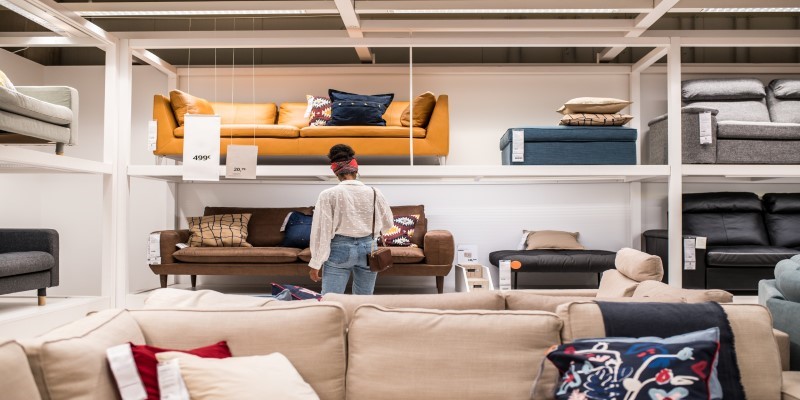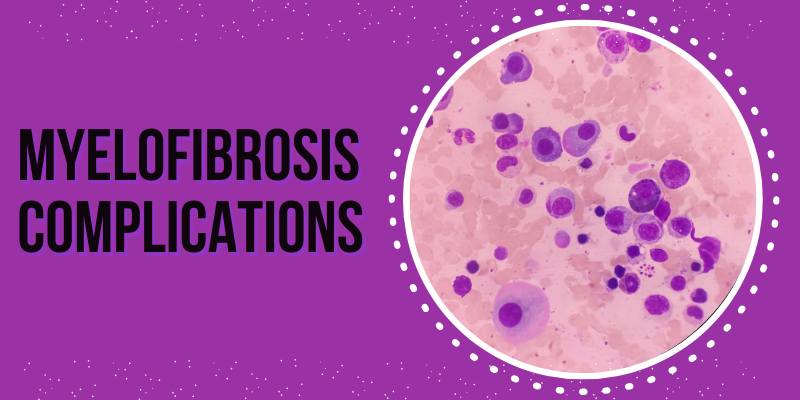Concerned About Sleep Apnea? Home Testing Is Now Standard
Millions worldwide suffer from sleep apnea, a serious yet primarily overlooked sleep ailment. This illness was discovered after overnight stays at a sleep clinic monitored by a complex network of cables and sensors. This treatment was effective but expensive, inconvenient, and had long wait times due to sleep center shortages. Many people didn't get a diagnosis because of these problems, which put their health at risk for significant issues.
Modern medical technology has revolutionized sleep apnea evaluation. Many people now utilize home sleep apnea testing (HSAT) because it is easy, doesn't cost much, and is handy. Thanks to modern diagnostics, more people can get tests and treatment on time, which is good for their health. What is sleep apnea, and why is home testing preferred?
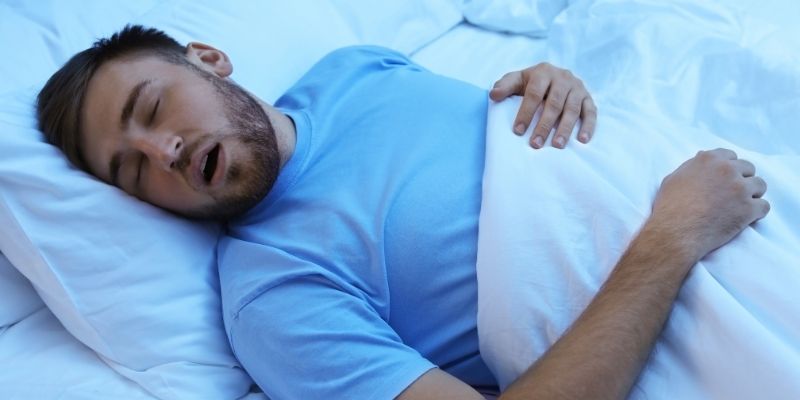
Understanding Sleep Apnea Risks
People with sleep apnea often have problems breathing. Overnight, dozens or hundreds of these gaps can last a few seconds to over a minute. Obstructive sleep apnea (OSA), the most public type, occurs when neck muscles relax too much, making breathing difficult. Central sleep apnea (CSA), a rarer type, occurs when the brain can't control breathing. Complex sleep apnea syndrome is more challenging to detect and treat since it combines OSA and CSA.
Sleep apnea can be quite damaging if it is not handled. Poor sleep can cause chronic fatigue, mood fluctuations, an inability to focus, and memory loss. The most significant danger is that it could hurt your health inn't long run. If you don't fix sleep apnea, you may be more likely to get high blood pressure, heart disease, stroke, type 2 diabetes, and die young. Without oxygen, the heart works harder while sleeping, increasing heart disease risk. Finding and treating moderate to severe sleep apnea as soon as possible is very crucial since studies reveal a substantially increased risk of heart attacks and strokes. Untreated sleep apnea can cause metabolic issues, weight gain, and a weakened immune system, worsening other long-term conditions.
A sleep apnea can harm your mind and body. Because not getting enough sleep makes it harder for the brain to work, it is linked to depression, anxiety, and memory loss. Brain fog, irritability, and daytime tiredness can substantially influence productivity and quality of life. People who drive trucks, fly planes, or operate heavy machinery are especially at risk because sleep apnea makes it harder to focus and increases crashes at work if it is not treated. Partners say loud snoring and gasping wakes them up, straining relationships.
Despite its severity, sleep apnea is rarely detected. A typical don't know is that people don't understand what can'tr symptoms are or can't get conventional sleep tests. To seek medical assistance, loud snoring, gasping for air, morning headaches, and excessive daytime drowsiness must be identified. Home tests make sleep apnea diagnosis easier.
The Movement for Home Sleep Apnea Testing
Sleep apnea is diagnosed with in-lab polysomnography (PSG), an overnight sleep center test. PSG is the most effective technique for treating sleep issues, but it's not always possible. Home sleep apnea testing was developed to avoid the high expense and discomfort of lab testing. Many people didn't want to undergo PSG because it was too complex and invasive. Home testing was a better choice for those apprehensive of established diagnostic methods.
Using a portable device,
HSAT checks oxygen, heart rate, airflow, and breathing force. This simplified procedure has transformed sleep apnea diagnosis, delivering equal accuracy to lab-based tests in mild to severe patients. A study shows that home tests can detect OSA in those at risk before the exam, making them a suitable first-line screening tool. Because of this, many doctors prescribe HSAT before more in-depth sleep studies.
Due to this trend, the AASM recommends home sleep apnea tests for moderate to severe OSA. Insurance companies are adopting HSAT because it's affordable, making it easier for needy people to get. More insurance coverage reduces testing and treatment costs.
How Tests for Sleep Apnea at Home Work
Home sleep apnea tests are stress-free to use and can be done by anyone. The testing kit comes from a doctor or an approved online service, and it is set up before bedtime by following the step-by-step directions. The test measures airflow and breathing effort with a nasal cannula, finger oxygen sensors, and chest belt.
After the overnight study, the data is analyzed in the cloud or by a sleep expert. Doctors may prescribe CPAP or lifestyle changes for sleep apnea. If home test results are equivocal or another sleep disorder is suspected, an in-lab sleep study may be needed.
The Benefits of Home Sleep Apnea Testing
One of the main positives of home sleep testing is being analyzed in comfortable circumstances. Many professionals have problems sleeping, reducing productivity. Home testing lets patients keep their nighttime routine, providing a more accurate sleep picture.
Cost is another reason HSAT is popular. Lab sleep studies cost $1,000–$3,000. A sleep test at home costs a small part of that. Due to lower prices and higher insurance coverage for home testing, more patients can be diagnosed.
Convenience is also essential. The test can be done at home without a sleep center. Because it's easier to get, more people test, leading to early diagnosis and improved health. Home testing also frees up sleep centers so that experts can work on more difficult cases. HSAT has made sleep apnea diagnosis and treatment faster.

Limits on home tests and who should stay away from them
Home sleep apnea tests have many pleasant aspects, but not everyone can use them. You may need a full polysomnography to diagnose central sleep apnea if you have a complicated medical history, severe symptoms, or suspect a diagnosis.
Most home tests for OSA detect mild to severe cases. Sleep phases, brain activity, and sleep disorders, including RLS and narcolepsy, are not measured. If you're sleeping during the day despite negative home testing, visit a sleep expert. How well a home test works also depends on how it is used. Sensor placement or missing directions can cause ambiguity. Users must follow instructions for accurate data.
Future Sleep Apnea Diagnosis and Treatment
Due to medical research and technology, sleep apnea can be diagnosed and treated. Artificial intelligence is utilized in high-tech home testing instruments to look at sleep habits. Additionally, new treatments are appearing. Implantable devices that work on airway muscles and medication that prevents airway collapse are being studied to improve patient outcomes. Personalized medicine based on genetic and physiological markers may help improve sleep apnea treatment.
Conclusion:
Home sleep apnea testing has changed the diagnosis. Due to accessibility, price, and convenience, more people can improve their sleep health without traditional sleep studies. Never assume home testing works for everyone. Talk to a medical professional for appropriate diagnosis and treatment choices. Early sleep apnea tests might alter your life. Control your sleep with a home or in-lab test to improve health, energy, and well-being. Sleep medicine aims to make sleep apnea diagnosis and treatment easier so no one with it goes untreated.


